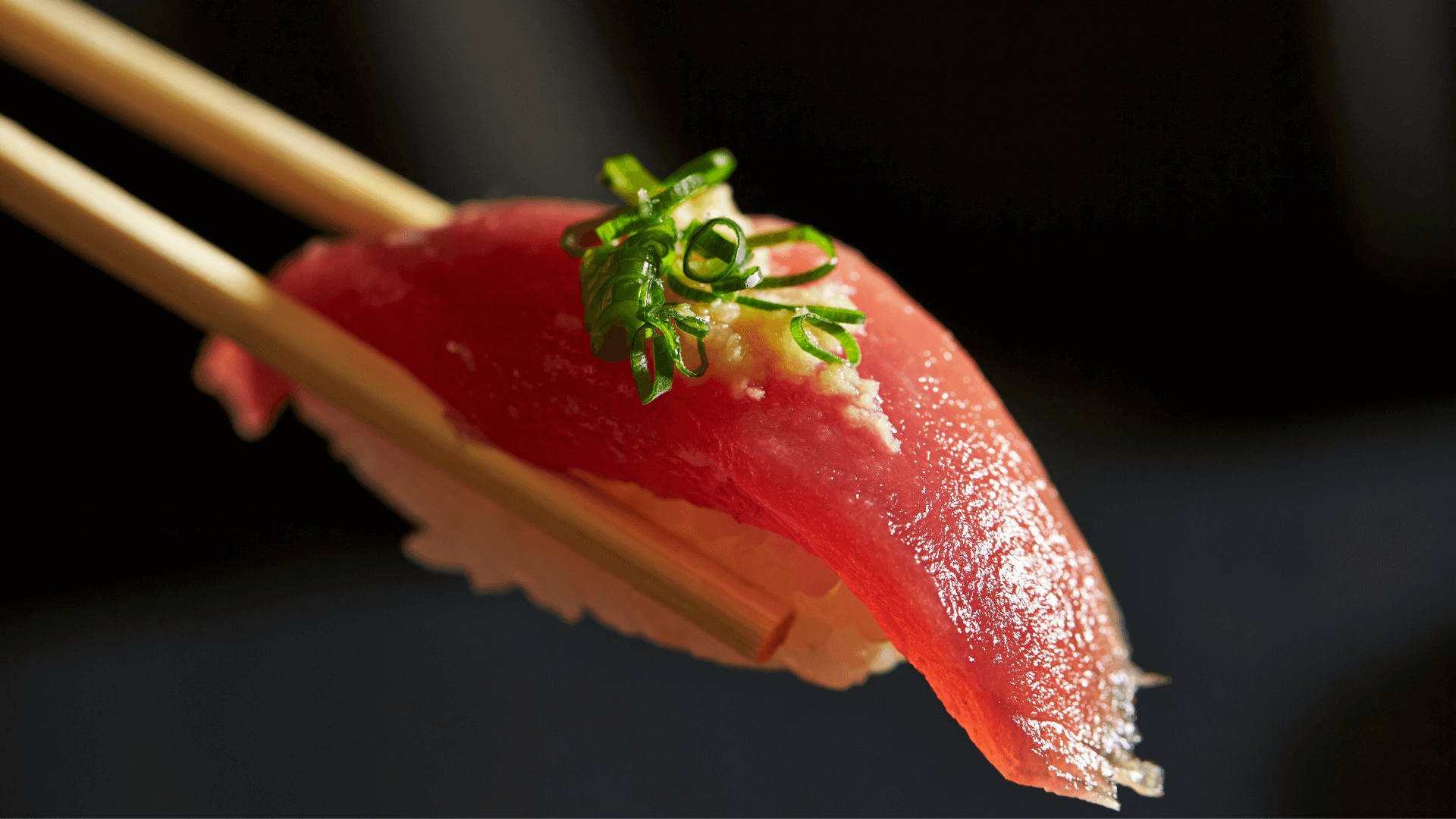In This Article:
Japan takes food way more seriously than the rest of the world. Even restaurants serving non-Japanese cuisines do it better than most other places I’ve eaten. For example, I had one of the best Neapolitan-style pizzas of my life in Tokyo. And, of course, sushi is at the top of the list of food crafted to perfection in Japan.
It’s a well-known fact that sushi masters train for seven years in order to earn the title. This kind of dedication to the art deserves the diner’s respect. While perhaps you won’t find quite the same level of expertise at most restaurants outside of Japan, we can still learn some lessons from the best.
First things first: The rice
Sushi directly translates to “sour rice”. The original sushi used fermented rice to preserve fish, and while this is no longer the case, the message remains: sushi is first and foremost about the rice. The rice should be almost al dente. You should be able to see and feel individual rice grains, not a porridge-like homogenous mass. It should be a delicate task to pick up each piece.
Sushi is first and foremost about the rice.
Sushi is designed to be a series of single bites. Many inferior restaurants bulk up on rice (to save on the expensive part, fish) but this often results in unwieldy pieces that require two bites to eat, and have the rice-to-fish ratio all wrong.
Rice should be made fresh daily, ideally just before serving. At the best sushi restaurants, the rice is served slightly warm; at body temperature. While this may sound unhygienic, the sushi is made and eaten within minutes, so the fish doesn’t have time to warm up.
Sushi is absolutely not supposed to sit in a takeaway container in a supermarket fridge. The rice in this type of sushi is usually overcooked in order to be edible at fridge temperature. Beyond the rice, the nori is also designed to be eaten as quickly as possible, as it absorbs liquid and gets soft and unpleasantly chewy pretty quickly.
The fish
Sushi and, in fact, most Japanese cuisine, has the celebration of seasonal produce at its core. While in the Western world, we don’t often consider the seasonality of seafood, this is a big part of the authentic sushi experience.
Different regions in Japan use different types of fish for sushi, depending on what is locally available. It is a totally Western invention that sushi means salmon and tuna only, all year round.
In South Africa, give Yellowtail a try. It has a similar taste and texture to tuna, is abundant in our waters and is likely to be very fresh. I much prefer this to a mushy piece of salmon that was frozen in a different hemisphere before eventually appearing on my plate.
The condiments
There are some rules here. Don’t mix your wasabi with your soy. Some pieces, such as nigiri, are already dabbed with wasabi, so don’t need any more. Put only a little soy sauce in your bowl. It’s considered wasteful to pour too much and it’s also more likely to make a mess when dipping.
When it comes to nigiri, dip the fish, not the rice. The rice will absorb too much soy, making it too salty and also more likely to fall apart on the journey to your mouth. Finally, don’t put the pickled ginger on your sushi. It is designed for cleansing your palate between bites so you can fully appreciate the flavour of the different pieces.
The format
Meals are highly structured in Japan, and have the feel of a ritual. A formal sushi experience is no exception. While we have very few omakase-style restaurants in South Africa (which is a multi-course affair where each piece is made individually for the diner), it’s a good idea to follow the same format when eating a sushi platter.
Start with the sashimi, followed by the nigiri, then the rolls, and then any cooked items. It’s best to start with the lighter white fish and end with fattier fish, such as salmon or tuna belly. Eel and tamago (Japanese omelette) come last as they are both rich and sweet. This way, the more delicate flavours aren’t overpowered.
Some etiquette
When going to a high-end sushi restaurant, you’re expected to keep your conversation muted to show respect to the other diners and the chefs. When booking for a two-Michelin-starred spot in Tokyo, we were requested to please not wear any strong perfume to the meal, as it interferes with the flavours. This is serious business!
Sushi is an art form, and appreciating some of the nuances that go into making it will improve your dining experience.
Chopstick use also has some rules. It’s considered bad manners to rub your chopsticks together, as this implies that the chopsticks are cheap and may have splinters. It’s a no-go to let the chopsticks touch your mouth. And I probably don’t need to mention this, but stabbing sushi pieces is absolutely not ok. Using your hands or even a fork is preferable. Chopsticks should be put down between bites and when talking, preferably on a stand next to your plate, and definitely not left standing in your bowl of miso soup, rice or even ramen.
While all of this may seem a lot to remember, the most important thing is to keep respect in mind. Sushi is an art form, and appreciating some of the nuances that go into making it will improve your dining experience.



0 Comments